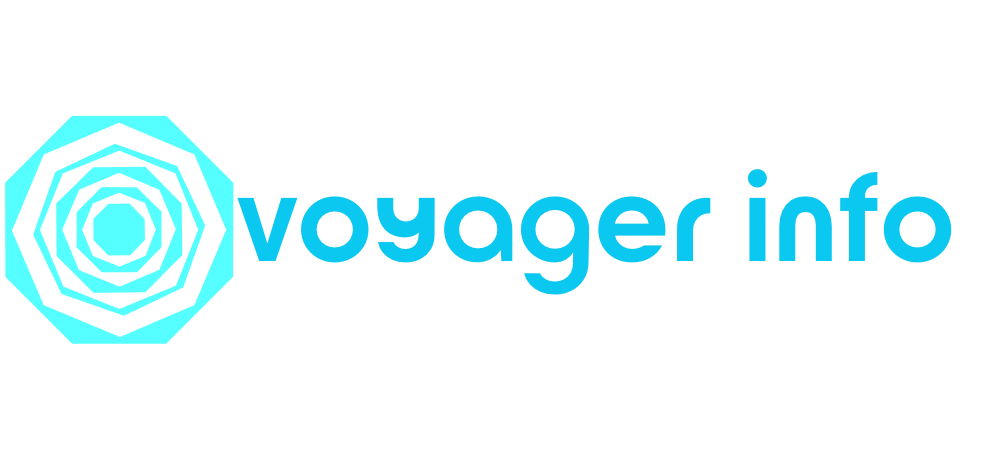To manage remote teams effectively in a hybrid setting, establish clear communication channels and set expectations early. Foster a culture of openness where team members share ideas and feedback freely. Use collaboration tools to keep everyone connected and aligned on goals. Regular check-ins help build trust and inclusion. Focus on outcomes rather than hours, track productivity, and support diverse work styles. Keep improving your strategies—more insights await if you continue exploring this topic.
Key Takeaways
- Establish reliable communication channels and set clear norms to ensure seamless collaboration and prevent misunderstandings.
- Foster a culture of openness, feedback, and transparency to build trust and engagement among hybrid team members.
- Define roles, responsibilities, and expectations early, and review them regularly to maintain clarity and accountability.
- Focus on outcome-based metrics, monitor progress transparently, and use data to address bottlenecks effectively.
- Support flexibility by recognizing diverse work preferences, utilizing project management tools, and celebrating milestones to boost morale.

Managing remote teams can be both rewarding and challenging. One of the biggest hurdles you face is ensuring seamless virtual collaboration. When your team works across different locations and time zones, clear communication becomes essential. You need to establish reliable channels, like video calls, instant messaging, and collaborative platforms, to keep everyone connected. Virtual collaboration isn’t just about technology; it’s about creating a culture where team members feel comfortable sharing ideas and feedback openly. Setting expectations upfront about communication norms helps prevent misunderstandings and keeps everyone aligned. Regular check-ins can also foster a sense of connection, making remote team members feel included and valued. As you develop these habits, you’ll notice that collaboration becomes smoother, and the team’s ability to work together efficiently improves.
Another key aspect is tracking productivity metrics. When managing remote teams, it’s tempting to rely solely on traditional oversight methods, but you need to focus on outcomes rather than micromanaging hours. Define clear, measurable goals for each project and individual, and use productivity metrics to evaluate progress. These can include task completion rates, quality of work, or client feedback. Having transparent metrics helps team members understand what’s expected and provides you with concrete data to identify bottlenecks or areas needing support. It’s important to communicate these expectations clearly and regularly review progress in a constructive manner. This approach motivates your team, keeps everyone accountable, and prevents remote work from devolving into a lack of discipline or oversight. Incorporating color accuracy considerations into your project setup can also enhance visual presentations and digital content, making your team’s output more professional.
You also want to be flexible with these metrics, recognizing that everyone works differently, especially in a hybrid environment. Some team members thrive with flexible hours, so focus on results rather than strict schedules. Use project management tools that allow real-time updates and visibility into work progress. This not only promotes transparency but also empowers your team to manage their workload effectively. Additionally, celebrate milestones and accomplishments to keep morale high and reinforce a sense of achievement. Remember, remote teams often face unique challenges, but with the right balance of virtual collaboration practices and clear productivity metrics, you can keep your team motivated, engaged, and aligned with your organizational goals. This approach ensures you’re not just managing remote workers, but leading them toward success in a hybrid work environment.
Frequently Asked Questions
How Do I Build Trust With Remote Team Members?
To build trust with remote team members, focus on open communication and consistency. Incorporate virtual team bonding activities and trust-building exercises regularly to foster connections. Show genuine interest in their well-being and be transparent about goals and expectations. When you prioritize these efforts, you’ll create a safe space where team members feel valued and trusted, ultimately strengthening your remote collaboration and boosting overall team performance.
What Tools Improve Communication Across Hybrid Teams?
To improve communication across hybrid teams, you need the right tools for virtual collaboration and asynchronous communication. Use platforms like Slack or Microsoft Teams for instant messaging, which keep everyone connected. Adopt project management tools like Asana or Trello to track progress asynchronously. These tools help your team stay aligned, share updates easily, and guarantee seamless collaboration, regardless of where team members are working from.
How Can I Measure Remote Team Productivity Effectively?
You’re on the right track by wanting to measure remote team productivity effectively. Think of it as hitting two birds with one stone: set clear performance metrics and define achievable goals. Regularly track progress, provide feedback, and adjust as needed. Use tools that monitor output without micromanaging, so you get a true picture of performance. When everyone’s on the same page, productivity naturally rises, and you’ll see results in no time.
What Strategies Support Employee Engagement Remotely?
To boost employee engagement remotely, you should prioritize regular virtual coffee chats to foster personal connections. Implement recognition programs that celebrate achievements and hard work, making employees feel valued. Encourage open communication and provide opportunities for feedback. These strategies create a supportive environment, helping your team stay motivated and engaged, even from afar. Consistent effort in these areas can profoundly enhance remote team dynamics and overall morale.
How Do I Handle Conflicts in Hybrid Work Settings?
Imagine you’re the captain steering a ship through stormy waters; conflicts in hybrid work settings can feel just as turbulent. To navigate, practice virtual conflict resolution by addressing issues promptly and openly. Incorporate cultural sensitivity training to foster understanding among diverse team members. Clear communication, empathy, and setting shared expectations help you steer smoothly, reducing misunderstandings and turning conflicts into opportunities for growth, even amid the challenges of remote collaboration.
Conclusion
Managing remote teams in a hybrid work environment is like tending a delicate garden—you need to nurture communication, trust, and flexibility daily. By embracing clear expectations and maintaining regular connections, you’ll foster a thriving team no matter where everyone’s working from. Remember, your leadership is the sunlight that helps your team grow and flourish. Stay adaptable, stay engaged, and watch your team succeed just like a well-tended garden blooms beautifully.










